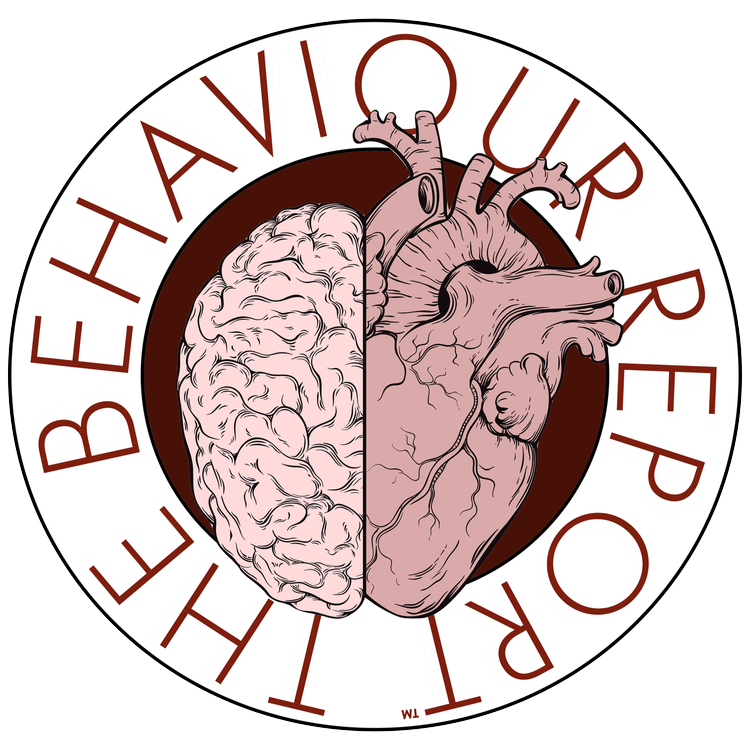Kieran Flanagan @ThinkKieranF
In an age of unprecedented change, reports of change fatigue, burn out and increasing disengagement are rife in the organisational world. Add to this a shift in generation values that have left us all feeling more “fragile,” to borrow an observation from Nicholas Taleb, and you have the environmental elements of a perfect storm with the potential to undermine productivity, performance and commercial agility.
In this environment, it’s hardly surprising that one of the corporate buzzwords of the moment is, “Resilience.”
Interestingly, in the research for my latest book “Forever Skills” with my business partner Dan Gregory, we discovered that the concept of resilience is not quite as straight forward as it initially appears. Among the many leaders and industries we interviewed across different continents. definitions of resilience ranged from grit, to determination, to mental agility, to behavioural flexibility and, of course, a desire to instruct team members to, “Suck it up precious!”
Unfortunately, many of these definitions are neither reassuring nor particularly useful. So, I’d like to propose a new definition of resilience that is far more useful and practical in the context of change and transformational leadership”
Resilience is ultimately a “creative mindset.” It is the ability to create new possibilities as existing opportunities or options close down.
So, what does that mean specifically and how might it work in practice?
Critical in this definition is a shift from “running at the same obstacle and failing over and over again without losing enthusiasm” to “being hard on objectives but flexible and adaptable on approach.”
In this context, I’d like to outline 6 R’s of Resilience:
1. Reframe
Reframing is all about getting clear about what is actually going on versus what you are making it mean. Often, we attach a meaning or filter to a problem that is neither accurate, nor helpful - the latter being the more important.
Even the language we use can transform our experience of an event for the better. “Experiment #1” is a far more useful frame than, “Yet another failure.”
2. Regroup
Ask yourself, “Is the situation or challenge you find yourself in something you can actually solve on your own?” Or, is this issue something that might be better solved collaboratively or with a systems rather than an individual approach?
Those of us who suffer from “Superhero Syndrome” (you know who you are), will often leap into action and set ourselves up for failure when a little more strategic thinking, and accessing the wisdom of our networks and teams, might be just what is called for.
3. Rethink
Rather than simply trying again and again or simply increasing your work-rate, it’s worth considering if your approach is actually valid and relevant in the context of the challenge you’re facing.
Instead of thinking, “How many attempts will I try before I quit?” perhaps consider how many different approaches and tools you could throw at your problem.
4. Rework
There’s no way around it, at some point, you need to face down your challenges and do the work.
However, drawing on the Reframe part of the process, consider how you might engineer work as play and gamify the process so that it is intrinsically motivating rather than requiring constant self-discipline.
In other words, how might you change work into play in much the same way exercise is far more enjoyable when it is experienced as sport.
5. Reward
Breaking your challenges into achievable pieces, with relevant milestones and motivating rewards, is a well trodden and oft repeated strategy - this doesn’t make it any less relevant.
Clearly there is a sense of achievement in overcoming a problem or in achieving a goal, however, given the previous stage’s encouragement to gamify the process, consider how else might you make progress both visible to all involved as well as personally rewarding.
6. Reinforce
Finally, any kind of change or achievement is made all the sweeter if it is sustainable.
This requires a “design mindset” rather than one of discipline only. Consider how the solution to your problem, your new habit or organisational transformation might be systematised with a bias towards success and away from failure.
The truth is, change and challenge are not going anywhere, which means we need to cultivate resilience within ourselves and in our teams, however, the kind of resilience we encourage and the tools and techniques we employ to do so will be a critical factor in just how successful we are.
